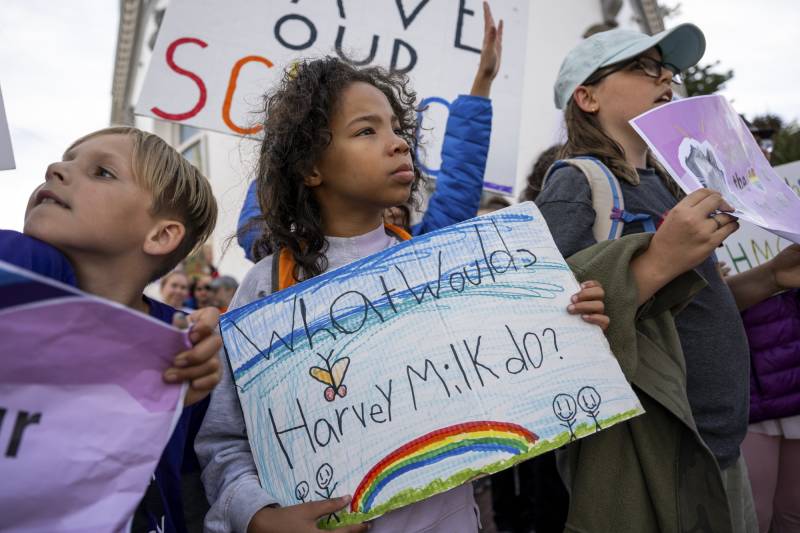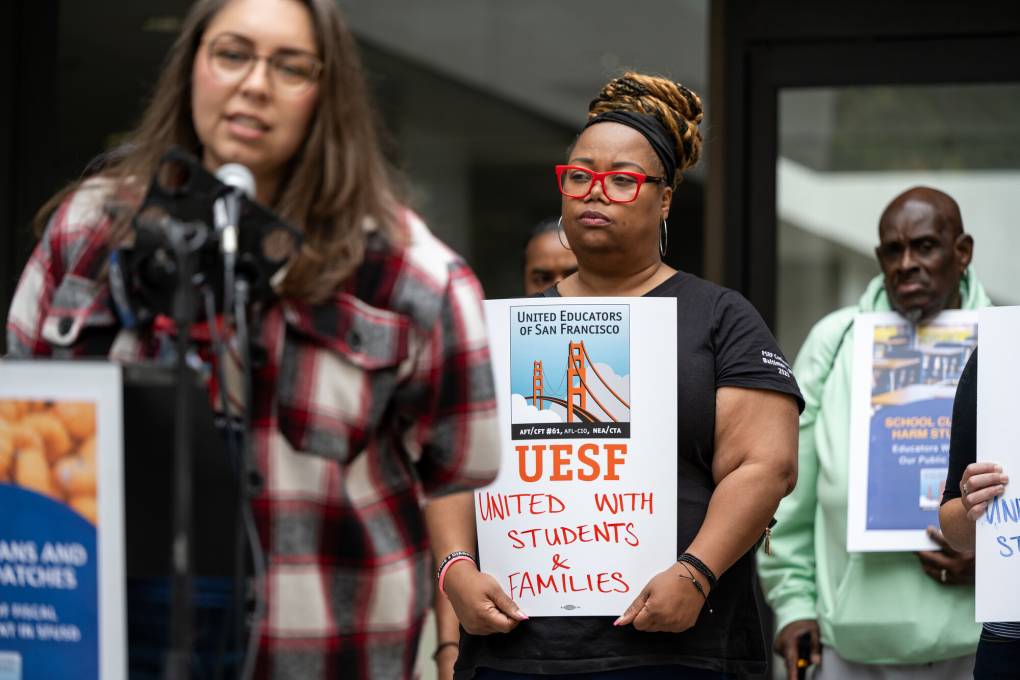Updated at 8:20 p.m. Oct. 18.
San Francisco’s superintendent of schools resigned Friday after a botched school closure rollout, hiring fiasco and worsening budget crisis have spurred mounting questions about his ability to lead.
The Board of Education accepted Matt Wayne’s resignation at an emergency closed-door meeting Friday night. Wayne led San Francisco Unified School District for less than two years, and had two years remaining in his contract.
Board of Education President Matt Alexander announced a new superintendent will be appointed next week, and school closures will be halted. On Tuesday, the board plans to appoint Maria Su, the co-leader of the rescue team Mayor London Breed appointed to aid the district earlier this month. Su has been the director of the Department of Children, Youth and Their Families since 2009, and previously worked in senior management roles at multiple nonprofits, including Vietnamese Youth Development Center in the Tenderloin.
The board plans to direct Su to stop the current school closure process, which Alexander said had gotten too rocky to continue at this time. He said the district’s primary focus will be cutting more than $110 million from the budget before mid-December in order to avoid a state takeover.
“The school merger and closure process has been chaotic,” Alexander said after the meeting. “We’ve heard that from families. We’ve heard that from educators. We’ve even heard that from school district staff. The board believes that we need a reset, and we’re going to ask Superintendent Maria Su to assess the situation and determine appropriate next steps.”


